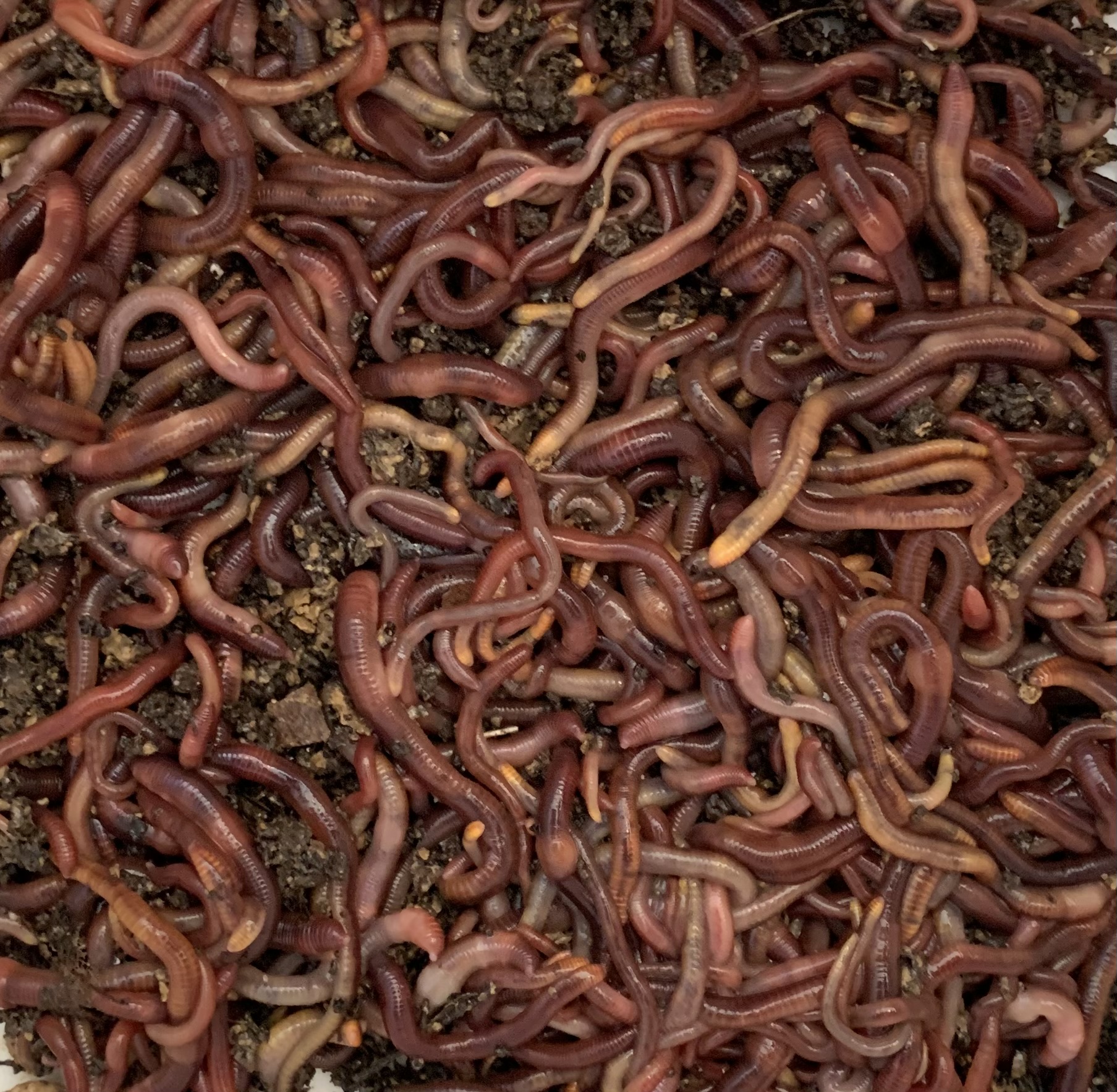The Definitive Guide to Red Wiggler Express
The Basic Principles Of Red Wiggler Express
Table of Contents5 Easy Facts About Red Wiggler Express ShownThe Best Strategy To Use For Red Wiggler ExpressRed Wiggler Express for BeginnersLittle Known Questions About Red Wiggler Express.
With the international press for sustainability and with environmentally friendly methods expanding in popularity, people are ultimately coming around and recognizing the environmental advantages of red wiggler worms and composting. In this short article, we'll go over exactly how vermicomposting sustains lasting gardening and the environmental advantages of red wigglers and various other earthworms.
This is the brief of it. If you wish to check out in-depth concerning red shakes, we have an entire post devoted to them right here. Now, let's get involved in the nuts and bolts of just how these worms support sustainable gardening techniques and benefit the setting: Worm composting is like a health facility day for your dirt.
When included into your yard dirt, these castings enhance its structure, oygenation, and water retention. This helps with plant development and health and does not call for the use of any type of chemicals. Did you know that natural waste makes up a considerable section of land fill material?
By diverting your kitchen scraps and lawn waste right into a worm composting bin, you're properly decreasing the quantity of organic waste that finishes up in landfills. It's a win-win situation for your garden and the planet. Forget chemical fertilizers worm castings are the real deal. They're chock-full of essential nutrients like nitrogen, phosphorus, and potassium.
Red Wiggler Express Can Be Fun For Anyone

Mix the nutrient-rich worm castings right into your yard dirt or utilize them as a leading dressing for potted plants. In a globe where sustainability is becoming progressively vital, red wigglers radiate as unsung heroes of gardening.
Composting may seem like old news, yet doing it with a container complete of worms possibly doesn't. Red wiggler worms offer excellent benefits to the natural gardener, producing both an all-natural plant food and an effective chemical.
Worm spreadings may be purchased at stores such as SBS in Winery Place or Winery Gardens in West Tisbury, however to increase the worms in a compost bed and harvest your very own spreadings is much more fun. The work of these worms is an aspect of lasting living. Red wigglers are indigenous to horse manure, where they burrow to lay eggs.
The Buzz on Red Wiggler Express
(https://www.horticulturaljobs.com/employers/3404791-red-wiggler-express)He covers the bin with straw, after that a piece of old carpet. Lynn explains the production of spreadings and two usages: as a fertilizer and as a chemical. It passes with them and adds calcium to make this abundant earth," she states.
"We call it gold tea," says Lynn. "I did it to see if it would certainly make a distinction on white flies and aphids. My rosemary had a mold or fungi. After I splashed, right away it looked much better." The red wiggler is a prodigious breeder, laying eggs as often as once a week.
It takes 3 to five months for a child worm to reach sex-related maturation and the grown-up size of 3 inches. Their life period is four to 5 years unless obviously they are made use of for lure. As freshwater fish lure, wigglers squirm responsible and survive undersea longer than conventional earthworms.

Red Wiggler Express Fundamentals Explained

A number of years ago the Stelle family relocated right into an Edgartown fixer-upper ranch. "I wished to enter into farming with things that didn't require to be often tended to everyday like a cow. We were introduced to worm farming and started with 50,000 worms. That sounds like a whole lot, yet they're really tiny." She at first purchased her worms online from a worm farm in Vermont.
As one of the Epigeic class of compost worms, the normally does not show up in soils. The worm is red or reddish-brown in color and has a smooth, round form.
A red wiggler worm can mature to four inches in size but is typically just concerning two and a half inches. The worm has a small mouth located at the front of its head. It also has tiny bristles, called setae, which help the worm relocation and anchor itself to surface areas.
